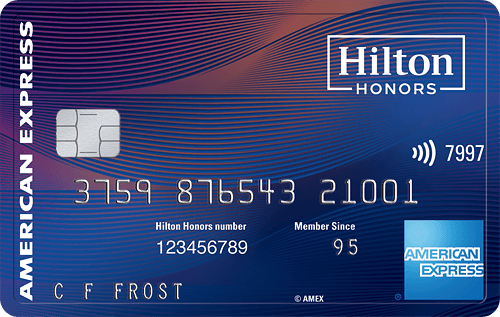The average student graduates college with more than $30,000 dollars in student loans.
Borrowers don’t always realize that their loans are costing them more than they think.
Interest is tacked on to the loan amount (i.e., principal) making the total cost of the loan greater.
While there is no way to eliminate student loan debt without paying it off, there are some tactics to reduce the overall cost of the principal and interest combined.
One way is with a student loan refinance.
Depending on how long you’ve been out of school, your annual income and credit history is likely to have improved.
By refinancing your existing student loans you may see a dramatic reduction in your interest rate – even a few points.
With only a few exceptions, it is generally advisable for all student debt holders to at least explore a refinancing scenario, especially since getting your rate through LendKey’s platform will have no impact on your credit score.
Refinancing student loans allow you to do a few things.

If you have multiple loans, you can combine them into one brand new loan making it more convenient to stay on top of personal finances.
You’ll also sometimes have the opportunity to release cosigners on your existing loans eliminating them from any liability for your loans.
But probably most exciting is the opportunity to save money. With a student loan refinance, you are replacing all of your existing student loans (or a single student loan if you only have one) with a new loan with new terms.
By qualifying for a lower interest rate or reducing the payback period of the new loan, you could save thousands in interest over the life of the loan.
Is there a catch to refinancing student loans?
You still have to qualify for a loan to refinance.
However, the idea is that over time your credit score has improved and you are now bringing in a steady income with the degree you got.
A better credit score could mean more attractive loan terms and rates.
With a steady income, you would also be viewed as a lower-risk refinancer.
You would need to carefully consider when refinancing federal student loans though because they often come with benefits, such as loan forgiveness in certain career paths.
When refinancing, you’d lose those student loan benefits—so decide whether or not you’d use any of them before refinancing.
How to Refinance?
Depending on the type of loans you have, there are two options when refinancing your student loans.
If you have only federal student loans, refinancing is usually done through the Federal Direct Consolidation Loan Program offered by the government.
If you have private student loans, you’ll have to go through a private lending institution such as a bank or credit union.
Finally, federal and private student loans can both be combined into a single new loan with better rates, better terms and one easy-to-keep-track-of bill to pay every month.
However, it must be done through a private bank or credit union. Keep in mind that refinancing federal student loans will eliminate the benefits that come with them.
When you’re ready to get started, LendKey can help you navigate your student loan refinance through our network of more than 300 credit unions and community banks.



